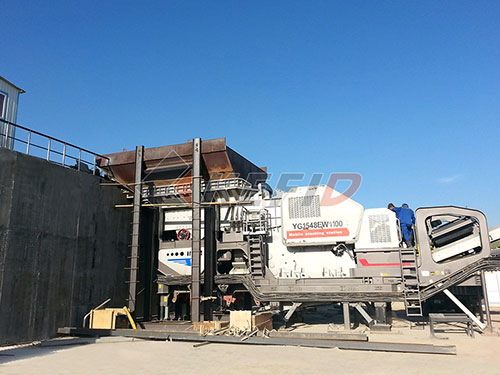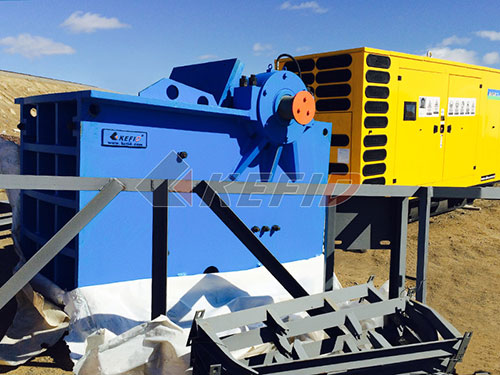The Unseen Powerhouse: Crusher Machines Shaping Our World
From the towering skyscrapers defining our cities to the smooth asphalt beneath our tires and the vital minerals powering modern technology, crusher machines are the indispensable, often unseen, workhorses driving industrial progress and infrastructure development. These robust pieces of equipment perform a fundamental task: reducing large rocks, ores, concrete debris, or other solid materials into smaller, more manageable fragments with specific size distributions. This seemingly simple function underpins entire industries and enables countless aspects of our built environment.
The Core Principle: Breaking Down Barriers
At its heart, crushing relies on applying force – immense force – exceeding the compressive strength of the feed material. This force can be delivered in several primary ways:
1. Compression: Material is squeezed between two rigid surfaces until it fractures along natural fault lines or weaknesses (e.g., Jaw Crushers).
2. Impact: Material is struck rapidly by hammers or blow bars attached to a spinning rotor or thrown against breaker plates at high velocity (e.g., Horizontal Shaft Impactors – HSI).
3. Attrition: Material is rubbed or ground between two surfaces moving relative to each other (e.g., Cone Crushers utilize some attrition alongside compression).
4. Shear: Material is cut or torn apart by opposing forces acting parallel to each other across a plane (often combined with impact in certain designs).
Most modern crushers employ a combination of these mechanisms to achieve efficient size reduction.
The Diverse Arsenal: Types of Crusher Machines
No single crusher type suits all applications. The choice depends critically on:
Feed Material: Hardness (Mohs scale), abrasiveness, moisture content, size distribution.
Required Product Size & Shape: Need for cubicity? Specific top-size limit? Fines generation tolerance?
Capacity Requirements: Tons per hour needed.

Mobility: Fixed plant vs. mobile unit.
Operating Costs & Maintenance Needs.
Here’s an overview of primary crusher types:
1. Jaw Crushers (Compression):

Mechanism: A fixed jaw plate forms one surface; a moving jaw plate reciprocates against it in an elliptical motion.
Operation: Feed enters from the top; material is crushed progressively as it moves down towards the discharge point at the bottom.
Characteristics: Excellent for hard rock; relatively simple design; good capacity

Leave a Reply